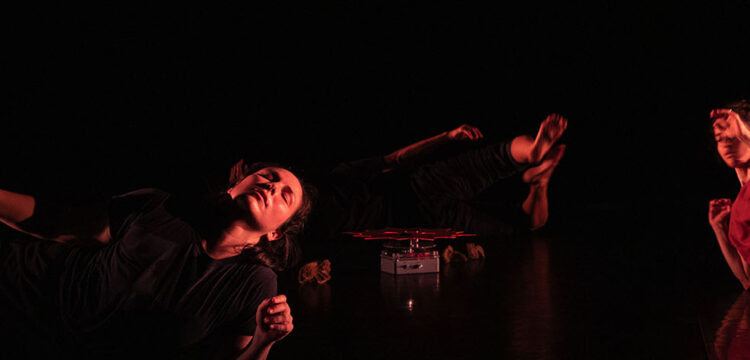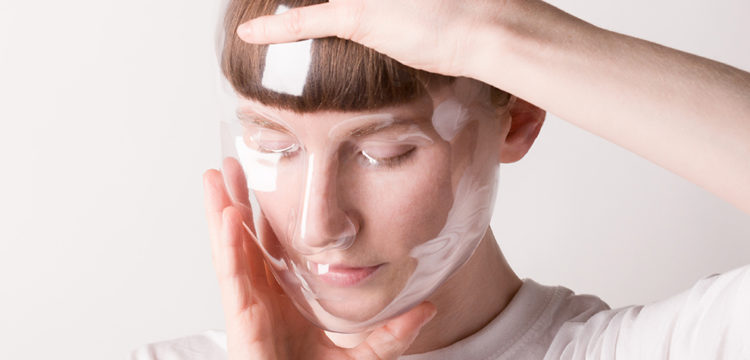Being Space
My home is the cosmo, performing is a habitat, after choreography there is dance
No more titles just experiencing the senses of the world, no site specific, political scores, expanded choreography, meditation on beauty, multiple communism, unexhausted technologies, art in nature or observing sleep Gianni Peng 2021.
No more titles just experiencing the senses of the world
I believe that a title can and must have the same density and intensity as the research process that leads to the appearance of a “dance”. It is a word that is added, sometimes at the end, sometimes just before, sometimes during the course of creation. It is a further thought/image that finds in language a form to articulate or decline towards the outside, towards the gaze. It can potentially condense images, sensations, practices, readings and lived lives into a concept, it can be like a key that opens the vision of something. It must play, give the right rhythm, access to timbre. It is never easy to find it, it must come to mind in a moment, it has to configure a meaning but also allow a possibility of interpretation, make the secret image that gave rise to everything appear. Lately, I am only giving titles to the dances I am creating just to place them into existence no more description or thesis, but only a kind of container. I also changed my name a few years ago, ironically to remind me that there is a possibility of not owning.
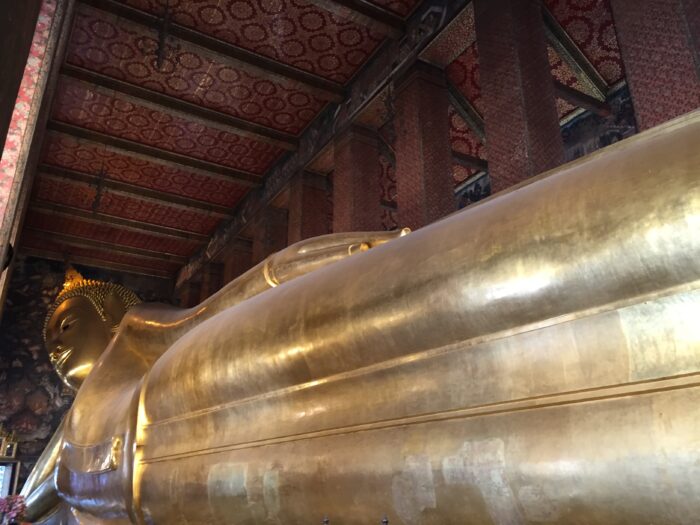
My home is the cosmo
What I can bring out is the dance and a thought that determines its shape, which makes it appear. Is it the mind that guides the body or is it the body that guides the mind? I do not know. It is a Morrissey line from a famous Smiths’ song that always runs through and returns to me as a question even in my intimate processes, including the answer. It is in this phase in which the experience that I have accumulated does the work without me noticing it. It is possible for me to find that meeting point in which the mind and the body or the body and the mind proceed together, in the present of the present and therefore the body thinks while the mind dances and vice versa. The choreography almost always comes later, after the appearance of the dance, and it is a system that organizes time more than space, it is a rhythm that organizes vision, the scanning of body states that are transformed. I don’t consider my work as a “choreographic work”, I don’t organize time and space to produce an image that belongs to me and defines me as an artist. I’m interested in alterations, changing temperatures, tripping and fluctuations, poetry and not language. The generation of a specific quality of time that through the “dance” is produced in an image of the world, comes for me with very specific practices like a technology of the body to be found every time and this requires a long time to search. Dance is a vibrant matter, it is a phenomenon devoid of intention that can allow new perceptions, new connections or new affects. I try to find a place for this phenomenon, this different posture, the place of the apparition, which is dance, which is choreography, which is a living thought.
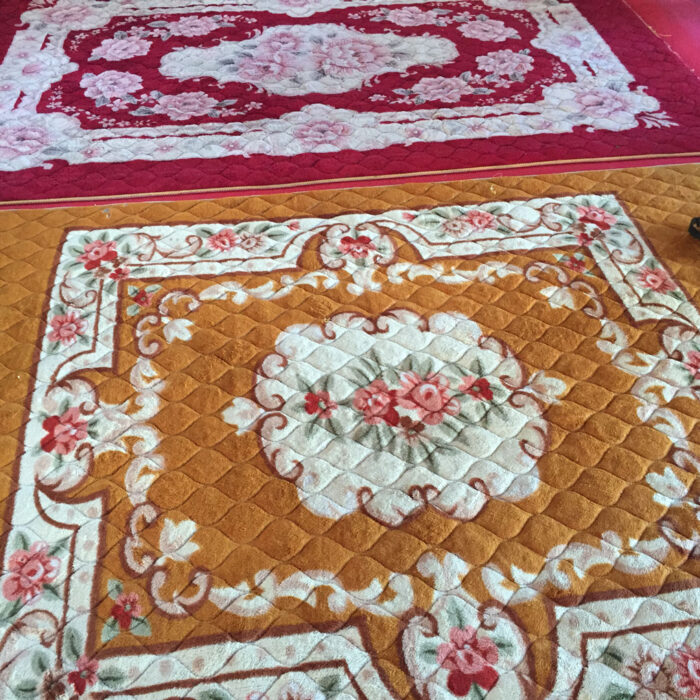
It is always a question of developing a technology, that is, discovering through the experience of the body and through thoughts that emerge from it, techniques, exercises or practices that could be repeated. It is a question of rediscovering each time, day after day, a specific corporeal place that generates mental states, a quality of gaze, an energy conduction towards the outside, a specific rhythmic, dynamic, emotional and psychic movement. We could call it a Habitat. Usually to find the “practices” I need a long period of solitude, study and immersion in life, to listen to the deep insights that the body feels, those contractions or moods that produce movement of thought and subjectivity; after this silent phase, which where the work is solitary and intimate, it is important to shift to body practice, trying to make the posture of the joints and the shape of the muscles continuously resonate with the form of thought. Each dance has its needs, but it is also traced starting from the previous one. Sometimes it is a question of deepening something already traveled or found, to make it even easier in its dynamic idea and find an ideal and crystalline place that allows the bodies to stay in complexity without effort.
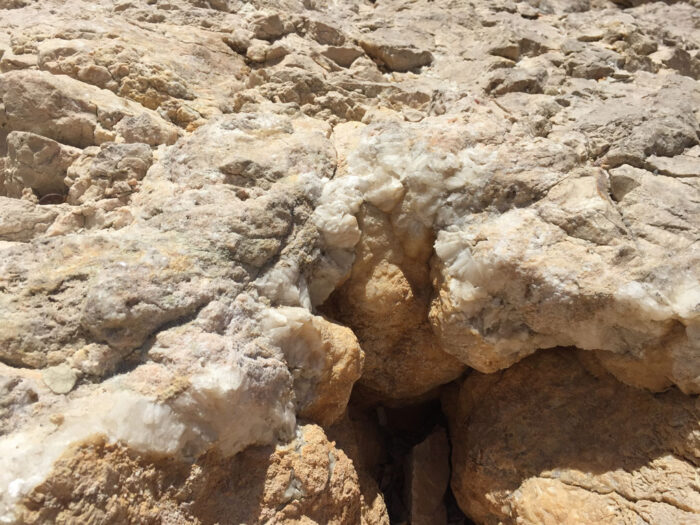
Political scores
The score or scores are always very important in the emerging process of a dance. It is a question of finding a logic of sensation. Instead of organically organizing a given time and space, one should find very specific quantities and intensities that make space visible and give quality to the passage of time. This affective way of running, crossing, depositing a gesture, a line, an amplitude needs to be exact and irreducible, they are the surfaces that contain depth and expression. Dance is always already present, it is just a matter of making it appear, letting it go out without holding it back or keeping it, it does not need a subject to determine itself or to communicate. The dancer’s body is an interstice, a threshold in which form is produced through matter. Dance is never only in the body of the one who is dancing but rather appears only when you grant it the abyss of emptiness. This discourse is easily misunderstood or tampered with, since it is not a question of giving free rein to the free expression of an existence in the chaos of a permanent and widespread improvisation or in the continuous flow of a liquid fluidity, but rather of giving body/form/time/space to detail and specificity to accept once and for all the expressive autonomy that each singularity needs to exist.

Art in nature or observing sleep Gianni Peng 2021
On one hand our freedom is reduced by confinement, on the other hand we are finally freeing ourselves from the infinite and we begin to look at everything that is not human, even if terrestrial.
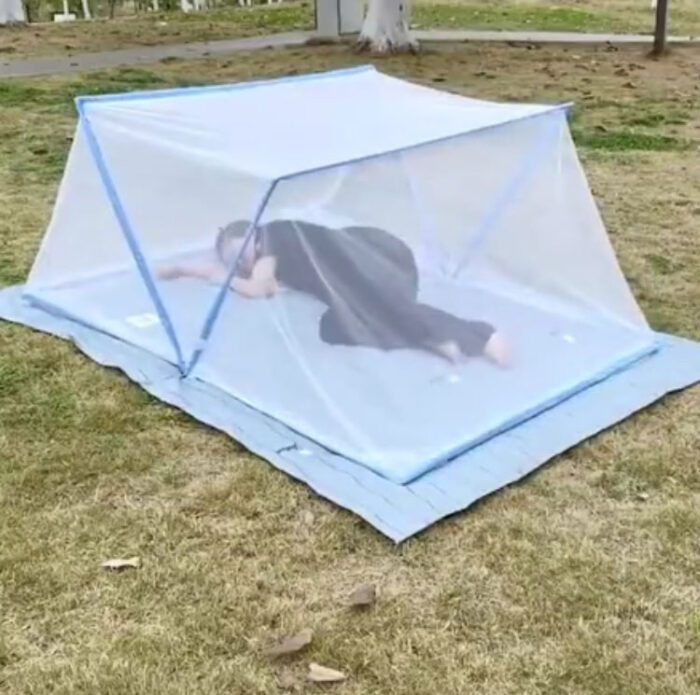
I have stopped using the term “site specific”, even when it comes to placing myself in non-theatrical spaces or in museums or other places, especially outdoors. Acting out in a space means considering it as a void in which nothing condenses into a massive presence but everything is actualized in a mutual interpenetration between things without geometric heroism. It is a question of considering the gaze as a membrane, an opalescent surface that traces a passage between the intimate and the ultra, as a possibility always given to be enchanted on the threshold between an inside and an outside, loosen the gaze, contemplate the particular form of things, detaching oneself from the image and its effects, inhabiting the sensation. To be more explicit and pragmatic, it is a method that generates a form that is also a micro-politics. When we watch a person sleep, we don’t have to do anything, we are finally led to stay still, at least not to wake him/her up, at that exact moment we don’t know who is looking at what. This question of lying down still allows us to overwhelm the infinite mobilization of everything, on everything. Being together as different phenomena of matter: aquatic, animal, floral, mineral, nuclear, vegetable, human in the same common inoperability of pleasant idleness, a sweet doing nothing.
Modular text partly unpublished and partly appeared in Italian in the notebook of Live Arts Week IX, Xing 2020, and on Dance and Research. Laboratory of studies, writings, visions, year X, number 10, 2018
Translation to English by Marco Fontichiari.




